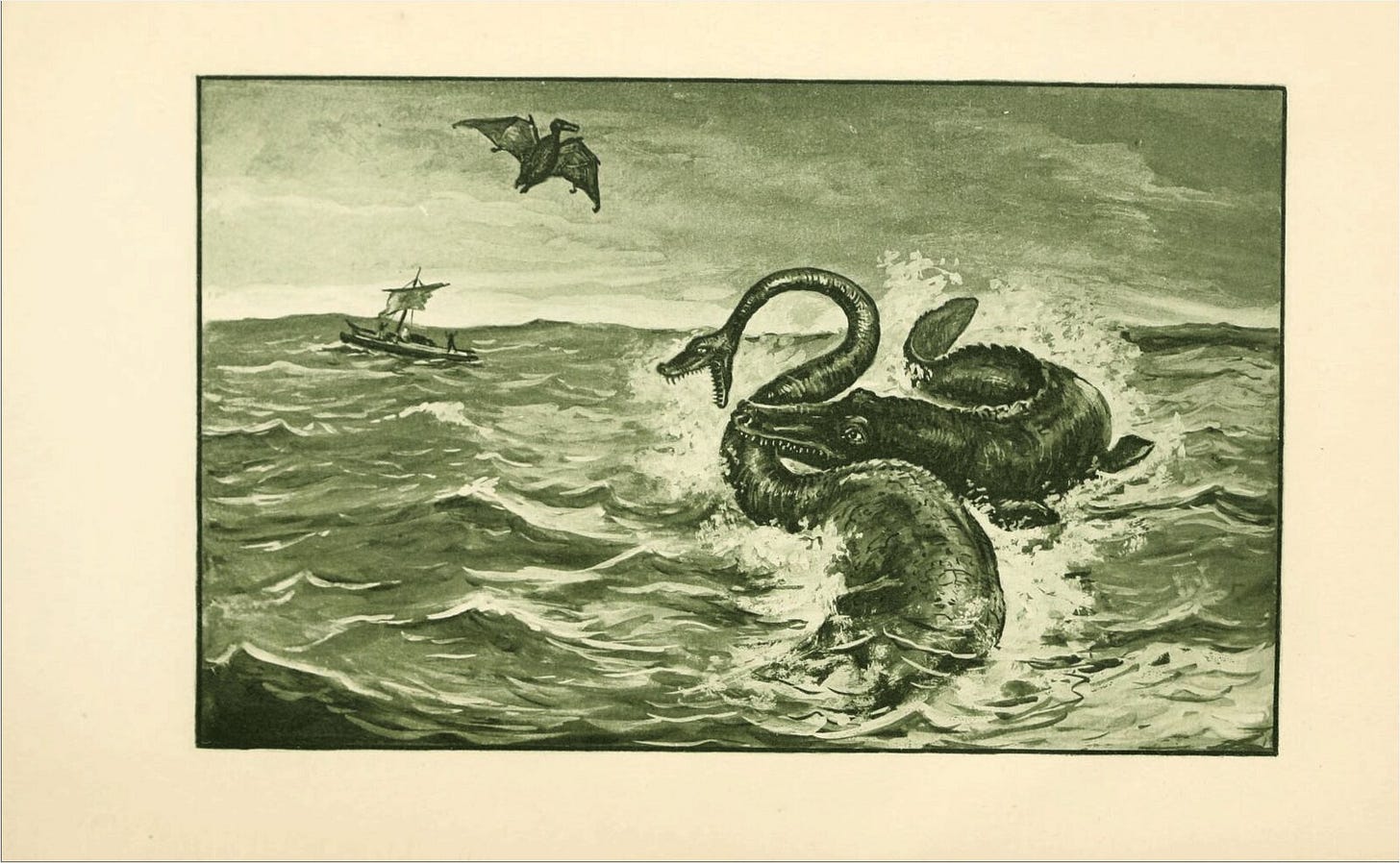Innovation in Storytelling
Circumstances sometimes require a change in strategy

“I care not how humble your bookshelf may be, or how lonely the room which it adorns. Close the door of that room behind you, shut off with it all the cares of the outer world, plunge back into the soothing company of the great dead, and then you are through the magic portal into that fair land whither worry and vexation can follow you no more.” — Arthur Conan Doyle, 1907



